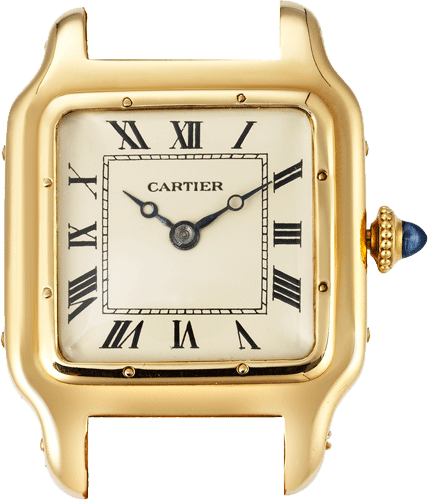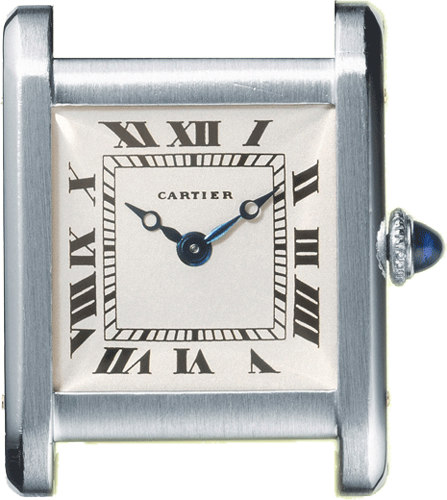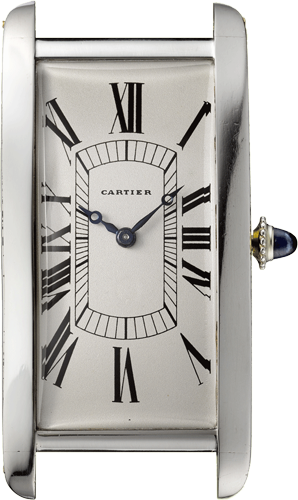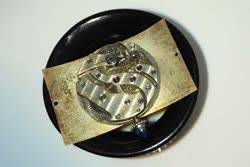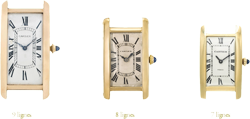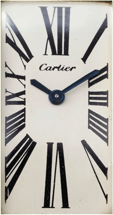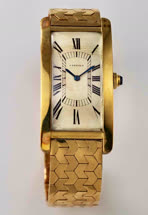In 1921 wristwatches suddenly exploded in popularity. What is amusing is that a mere decade before they had been considered signifiers of dubious character, especially in the parochial milieu of the United States’ Midwest. “The fellow wearing a wristwatch is frequently suspected of having lace on his lingerie and braiding his hair at night,” stated the hilariously misguided Albuquerque Journal in May 1914.
But little did the writer understand that the wristwatch had already been adopted by British soldiers fighting in the Boer War. These soldiers understood that there was nothing less practical than trying to extract your pocket watch while returning enemy fire. The First World War completely changed the perception of the wristwatch. US signal officers were actually required to wear wristwatches. Officers in trenches used wristwatches to coordinate attacks over the resounding din of the modern war machine where voice commands could no longer be heard.
Watch brands quickly responded by making various forms of trench watches usually featuring hinged guards that covered the watch’s delicate mineral glass crystals. Following the end of the war, men irrevocably shifted to wristwatches. But all of these timepieces still borrowed their iconography from pocket watches.
Not so with Cartier. Says Cartier collector and renowned author Nick Foulkes, “In the context of the early 20th century, almost everyone is adapting pocket watches to wristwatches. Louis Cartier decided to blaze a different path. He uses all his design acumen and ability to create watches intended for the human wrist and that look beautiful against the background of our corporeal architecture. The Tank Cintrée takes this idea to the extreme in that, for the first time, the case is curved to echo the shape of the wrist. You must understand that in 1921 this was absolutely radical.”
Indeed, Louis Cartier’s brilliant Tank Cintrée featured ravishing new modern design, put for the first time in a wristwatch with a lithe, attenuated compound curved shape that the world had never seen. Foulkes continues, “To me this was Louis Cartier creating something that only he could design. It was so provocative and so audacious. This curved and incredibly thin shape begged the question, but how is it possible to place a movement inside this case?”
Says the legendary Franco Cologni in his book The Cartier Tank Watch, “Once wristwatches began to be released in the 20th century, this structural modification to the case would continue to be explored for ergonomic reasons. Watches needed to fit the curve of the wrist. Cartier has already done such experiments with the Tonneau in 1906. The new shape fit well… with the idea of bending the case, to curve it slightly to show that it was designed to be worn on the wrist. At the time of the Tank Cintrée, this natural curve was indicative of an advancement in style, demonstrating that watchmaking was still a vast field to be explored.”
